Comments / Questions (7)
![]() Vigdis wrote:
Vigdis wrote:
Hvordan få mønsteret til å gå opp når man har satt av ermene og skal fortsette mønsteret? Med tanke på at det er to rette på hver side i tillegg til fem nye masker ved hver erme.
13.12.2025 - 21:44DROPS Design answered:
Hei Vigdis, Du fortsetter med mønster over alle maskene (til og med de maskene som du har lagt opp under hvert erme). Bare fortsett neste omgang med mønster over halve bakstykket , deretter mønster over de nye masken, mønster over forstykket, osv.. Hilsen Drops Team.
15.12.2025 - 07:33
![]() Julia Rodgers wrote:
Julia Rodgers wrote:
Hello! Please help me understand the round 2 of the pattern instructions. I’m knitting size M and I want to start the 2nd line of the pattern (I have 126 stitches) the pattern is a 4 stitch repeat and the there is a raglan stitch at either end of the front and back portions. I have 37 stitches between the markers. How can I do a 4 stitch repeat on odd stitches(35 excluding the raglans)? Should I not have an even number of stitches in the front and back panels? help!
30.07.2025 - 04:53DROPS Design answered:
Dear Mrs Rodgers, you will work diagram A.1 over the stitches for front and back pieces (between the 2 raglan stitches) repeating diagram in width; then work the new increased stitches as the last stitch in repeat (read diagram from the right towards the left) at the beg of front/back pice and as the first stitch a new repeat (read diagram from the left towards the right) at the end of front/back piece so that pattern will enlarge itself on the sides. Happy knitting!
30.07.2025 - 16:04
![]() Andrea wrote:
Andrea wrote:
Wenn ich beim Vorder und Rückenteil die zweite Runde des Diagramms stricke endet meine Reihe nicht wie das Diagramm mit einer linken Masche,obwohl die Anzahl der Maschen richig ist ...? Gruß Andrea
23.11.2024 - 20:15DROPS Design answered:
Siehe Antwort unten :)
25.11.2024 - 08:26
![]() Andrea wrote:
Andrea wrote:
Strickt man die zugenommenen Maschen im Muster A1 in der zweiten Runde beginnend also links ab? Vielen Dank
23.11.2024 - 09:47DROPS Design answered:
Liebe Andrea, die neuen Maschen beim Vorder- und Rückenteil stricken Sie im Muster, dh am Anfang Vorder/Rückenteil stricken Sie die neuen Maschen wie ein neues Rapport aber lesen Sie das Diagram links nach rechts und am Ende Vorder/Rückenteil stricken Sie die neuen Maschen wie ein neues Rapport aber dieses Mal lesen Sie das Diagram rechts nach links, so wird sich das Muster erweitern. Viel Spaß beim Stricken!
25.11.2024 - 08:03
![]() Sigrid wrote:
Sigrid wrote:
Tere, Passe osas on vist väike viga: “Jätka kasvatustega raglaani jaoks igal ringil, aga iga teine kord kasvata ainult hõlmadel ja seljaosal”. Peaks vist ikka olema: “ Jätka kasvatustega raglaani jaoks igal TEISEL ringil, aga iga teine kord….”. Muidu ei lähe järgnevaga sugugi kokku ja inglise keeles on samuti kirjas “every other round” ehk igal teisel. Saan ma õigesti aru? Aitäh!
07.11.2024 - 21:43DROPS Design answered:
Tere Sigrid! Viga parandatud, tänan teatamast!
13.11.2024 - 23:18
![]() Christiane wrote:
Christiane wrote:
Beste,jullie hebben fantastische patronen,spijtig genoeg kan ik ze niet breien met rondbreinaalden. Zijn er gewone patronen met gewone priemen ook aub Dank u
07.11.2024 - 13:43
![]() Femke Verdegem wrote:
Femke Verdegem wrote:
Word bij de halsrand de 1ste markeerdraad geplaatst na de eerste de eerste 28 gebreen steken of moet je die gewoon overzetten zonder te breien en begint de pas hier?
23.10.2024 - 11:48DROPS Design answered:
Dag Femke,
Je breit die steken niet wanneer je die markeerdraad invoegt en je zet de steken ook niet over. Je plaatst dus een markeerdraad 28 steken verderop.
30.10.2024 - 19:42
Iced Mint#icedmintsweater |
|||||||
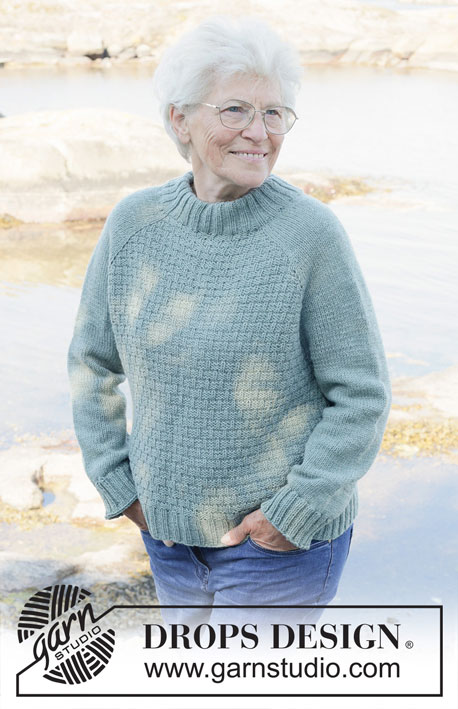 |
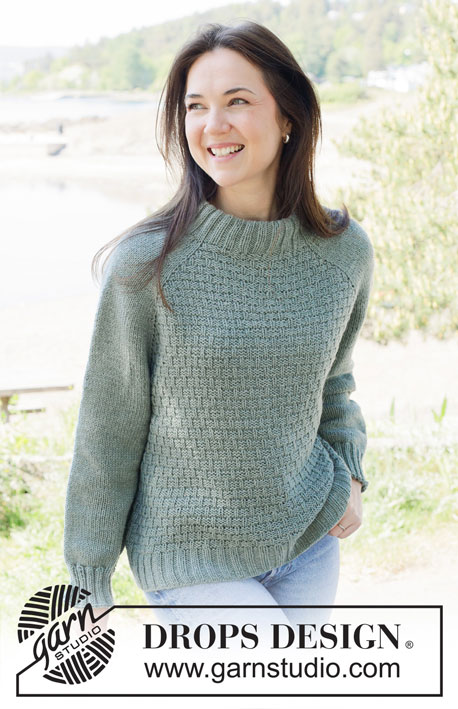 |
||||||
Knitted jumper in DROPS Merino Extra Fine. Piece is knitted top down with raglan and textured pattern. Size: S - XXXL
DROPS 255-36 |
|||||||
|
---------------------------------------------------------- EXPLANATION FOR THE PATTERN: ---------------------------------------------------------- PATTERN: See diagram A.1. RAGLAN: Increase 1 stitch by making 1 yarn over, on next round work yarn over twisted to avoid holes. Then work the new stitch in stocking stitch on sleeves and in A.1 on front piece and on back piece. DECREASE TIP: Decrease 1 stitch on each side of marker as follows: Work until 2 stitches remain before marker, knit 2 together, knit 1 (marker is in this stitch) slip 1 stitch knitwise, knit 1, pass slipped stitch over stitch worked (= 2 stitches decreased). ---------------------------------------------------------- START THE PIECE HERE: ---------------------------------------------------------- JUMPER - SHORT OVERVIEW OF THE PIECE: In this pattern needles of different length have been used, begin with fitting length for number of stitches and switch as needed. Work neck edge and yoke in the round on circular needle from right shoulder back, and work top down. When yoke is done, divide piece for body and sleeves. Work body down wards in the round on circular needle while putting the sleeves aside. Then work sleeves downwards in the round on needle. Fold the neck edge double against the wrong side and fasten. If 0 is given for the chosen size, it means that you skip the information until next information. NECK EDGE: Cast on 112-112-120-120-128-128 stitches on a circular needle size 4 mm with DROPS Merino Extra Fine. Switch to circular needle size 3 mm (cast on on a larger needle to get an elastic cast-on edge). Work rib in the round as follows: Knit 1, * purl 2, knit 2 *, work from *-* until 3 stitches remain, purl 2 and knit 1. Work rib for 15 cm. The neck edge is later folded in towards wrong side and assembled to form a neck edge of approx. 7 cm. Beginning of round is at right shoulder at the back. Insert 1 marker after the first 26-27-28-28-30-31 stitches on round (= approx. mid front), measures piece from this marker. YOKE: Insert 4 marker threads in piece without working the stitches, insert marker threads between 2 stitches, and these stitches are called raglan stitches and are worked in stocking stitch: Count 24 stitches (= sleeve), insert 1 marker thread before next stitch, count 32-32-36-36-40-40 stitches (= front piece), insert 1 marker thread before next stitch, count 24 stitches (= sleeve), insert 1 marker thread before next stitch, count 32-32-36-36-40-40 stitches (= back piece), insert 1 marker thread before next stitch. Switch to circular needle size 4 mm and work as follows: Knit 1, increase 1 stitch for raglan, knit the next 22 stitches, increase for raglan, knit 2, increase for raglan, knit the next 30-30-34-34-38-38 stitches and increase 3-3-7-7-11-15 stitches evenly (this row equals first row in A.1), increase for raglan, knit 2, increase for raglan, knit the next 22 stitches, increase for raglan, knit 2, increase for raglan, knit the next 30-30-34-34-38-38 stitches and increase 3-3-7-7-11-15 stitches evenly (this row equals first row in A.1), increase for raglan, knit 1. There are now 126-126-142-142-158-166 stitches on needle. Continue with pattern A.1 on front piece and back piece - begin on 2nd round in pattern. Work sleeves and the 2 stitches in every raglan line in stocking stitch. Continue increase for raglan on every other round but on every other increase, increase only on front piece/back piece. I.e. increase on front pieces/back piece on every other round and on sleeves every 4th round, increase alternately 4 and 8 stitches. Increase like this until increase has been done 40-44-40-44-48-50 times on front piece/back piece including the first increase (20-22-20-22-24-25 times on sleeves) = 358-382-374-398-438-458 stitches. Increases in size S and M are done. In size L-XL-XXL-XXXL continue increase as follows - increases are done in size S and M: Increase for raglan every other round, increase on front piece/back piece and sleeves, repeat this increase 0-0-4-4-4-2 times in total (= 8 stitches increased per increase round). ALL SIZES: You have increased a total of 40-44-44-48-52-52 times have been done in total on front piece/back piece and 20-22-24-26-28-27 times on sleeves. After last increase there are 358-382-406-430-470-474 stitches on row, and piece measures approx. 25-28-28-30-33-33 cm from marker mid front. DIVIDING FOR BODY AND SLEEVES: AT THE SAME TIME as next round is worked divide yoke for body and sleeves as follows: Slip the first 64-68-72-76-80-78 stitches on a thread for sleeve, cast on 5-5-9-13-13-21 new stitches on needle (= in the side mid under sleeve), work 115-123-131-139-155- 159 stitches in pattern (= front piece), slip the next 64-68-72-76-80-78 stitches on a thread for sleeve, cast on 5-5-9-13-13-21 new stitches on needle (= in the side mid under sleeve), and work the last 115-123-131-139-155-159 stitches in pattern (= back piece). Finish body and sleeves separately. BODY: = 240-256-280-304-336-360 stitches. Work pattern in the round until piece measures 44-46-47-49-51-53 cm from marker mid front. Switch to circular needle size 3 mm and work rib = knit 2/purl 2. When rib measures 6-6-7-7-7-7 cm cast off. Jumper measures 50-52-54-56-58-60 cm from marker mid front and approx. 56-58-60-62-64-66 cm from the top of shoulder. SLEEVES: Slip 64-68-72-76-80-78 sleeve stitches from one thread on to circular needle size 4 mm and pick in addition up 1 stitch in each of the 5-5-9-13-13-21 stitches cast on under sleeve = 69-73-81-89-93-99 stitches. Insert 1 marker in the middle of the 5-5-9-13-13-21 new stitches under sleeve - round begins at marker. Work in stocking stitch in the round on needle - AT THE SAME TIME when sleeve measures 3-3-3-3-2-2 cm from division, decrease mid under sleeve – read DECREASE TIP and decrease as follows: Decrease 2 stitches every 6½-5-3-2-1½-1½ cm 5-6-9-11-12-14 times in total = 59-61-63-67-69-71 stitches. Work until sleeve measures 36-34-32-31-28-28 cm from division. Switch to double pointed needles size 3 mm and work rib (= knit 2/purl 2) while AT THE SAME TIME increasing 5-7-9-9-7-9 stitches evenly on 1st round = 64-68-72-76-76-80 stitches. When rib measures 6-6-7-7-7-7 cm cast off. Sleeve measures approx. 42-40-39-38-35-35 cm from division. ASSEMBLY: Fold rib at the top of neck down on inside of garment. Fasten rib to get a double neck edge. To avoid a tight neck edge that sticks out it is important to keep the seam elastic. |
|||||||
Diagram explanations |
|||||||
|
|||||||
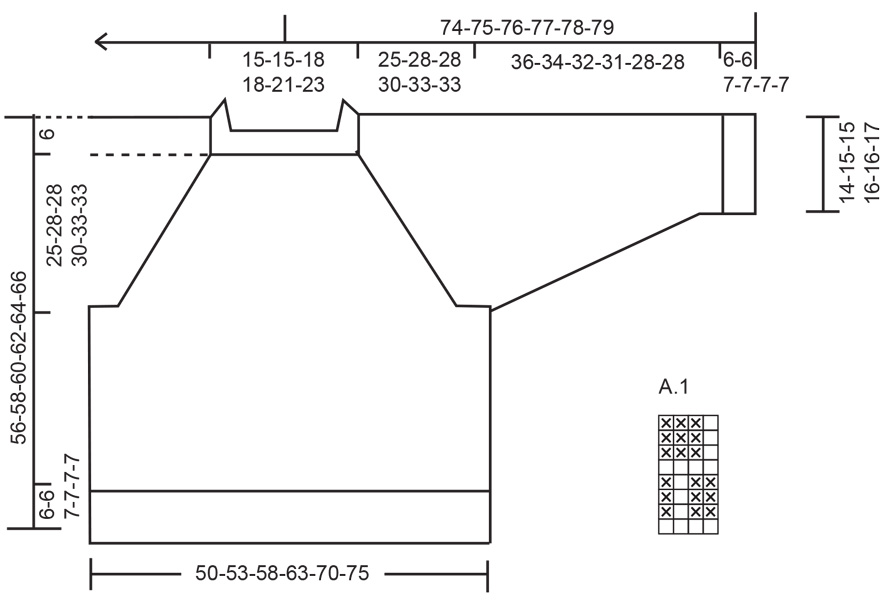 |
|||||||
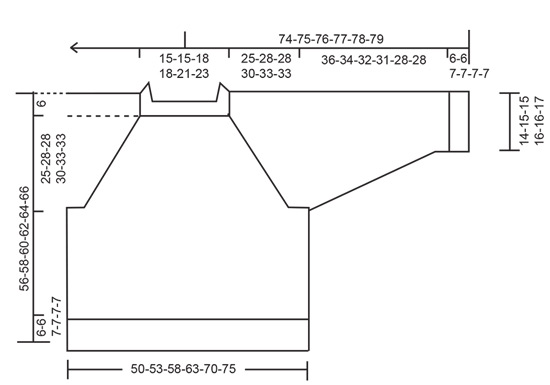 |
|||||||
Have you finished this pattern?Tag your pictures with #dropspattern #icedmintsweater or submit them to the #dropsfan gallery. Do you need help with this pattern?You'll find 26 tutorial videos, a Comments/Questions area and more by visiting the pattern on garnstudio.com. © 1982-2025 DROPS Design A/S. We reserve all rights. This document, including all its sub-sections, has copyrights. Read more about what you can do with our patterns at the bottom of each pattern on our site. |
|||||||







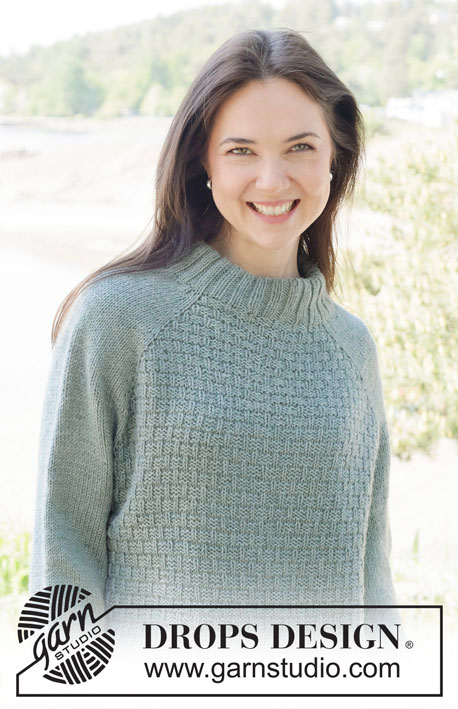
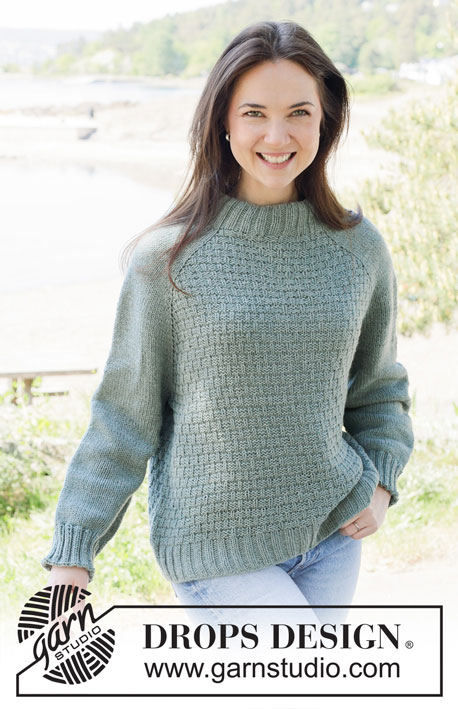
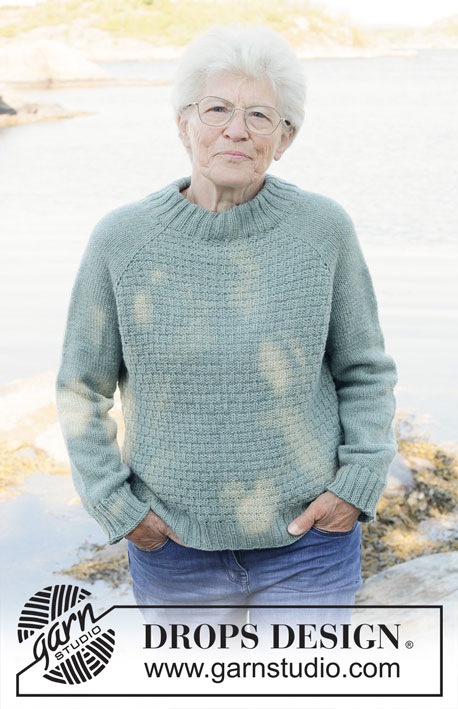
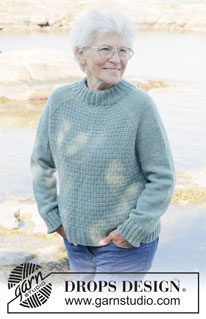
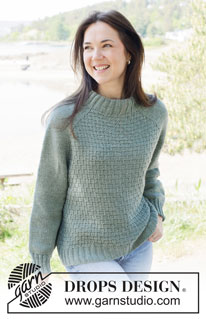
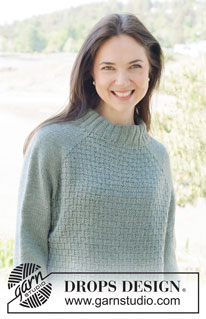
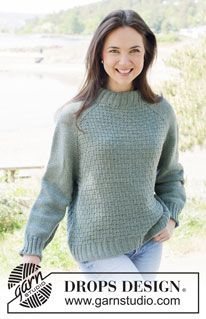

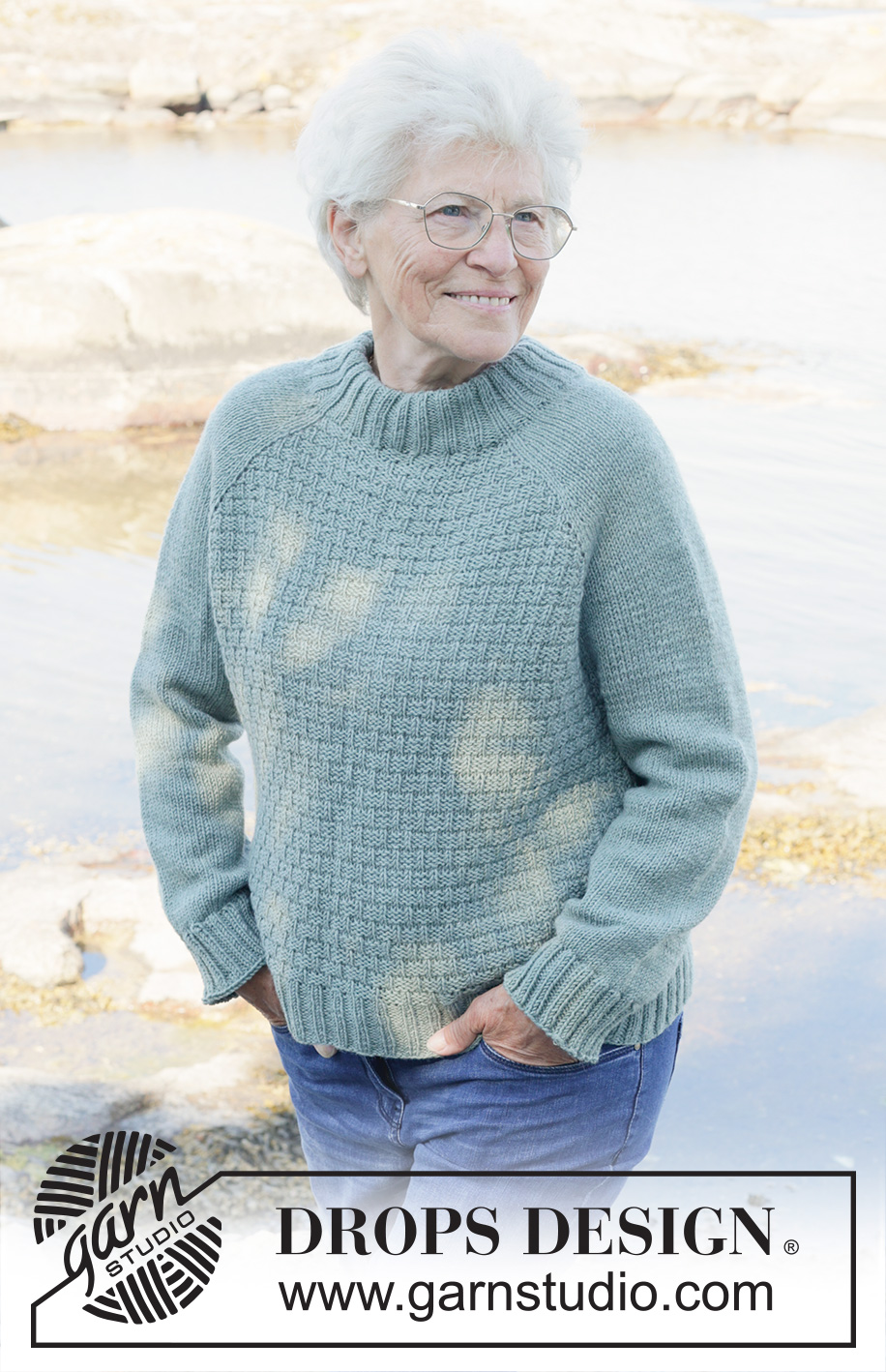
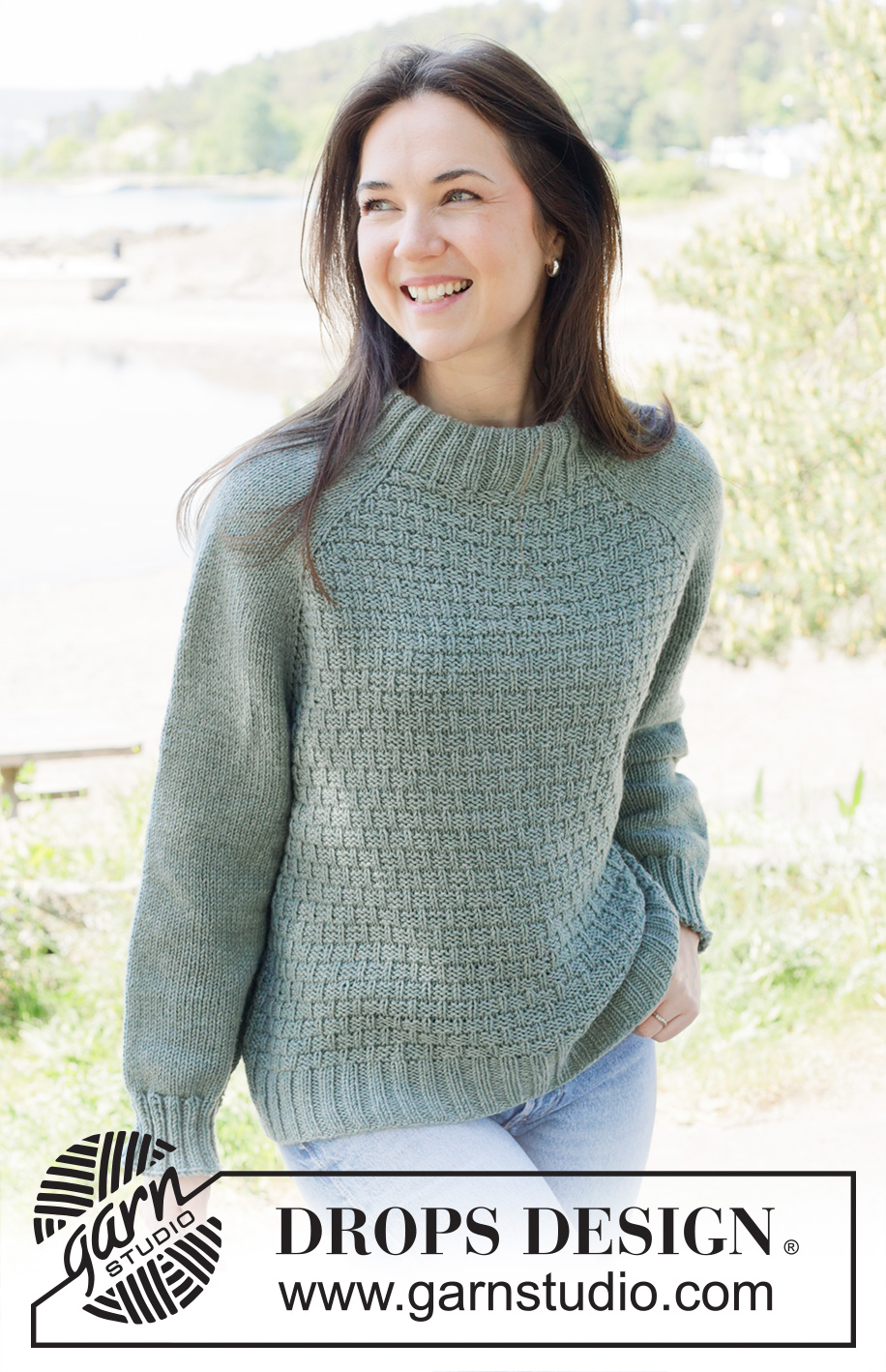
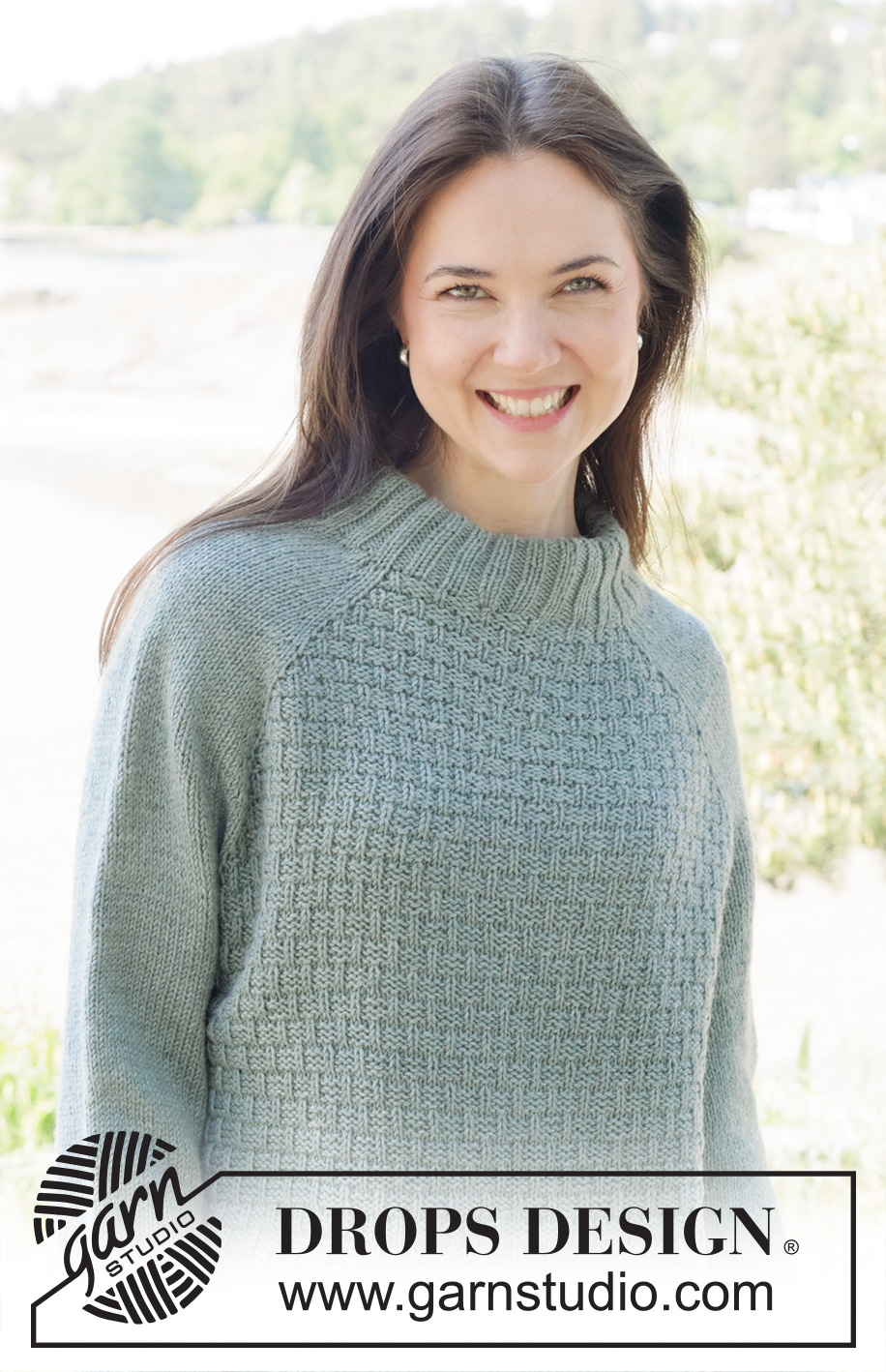
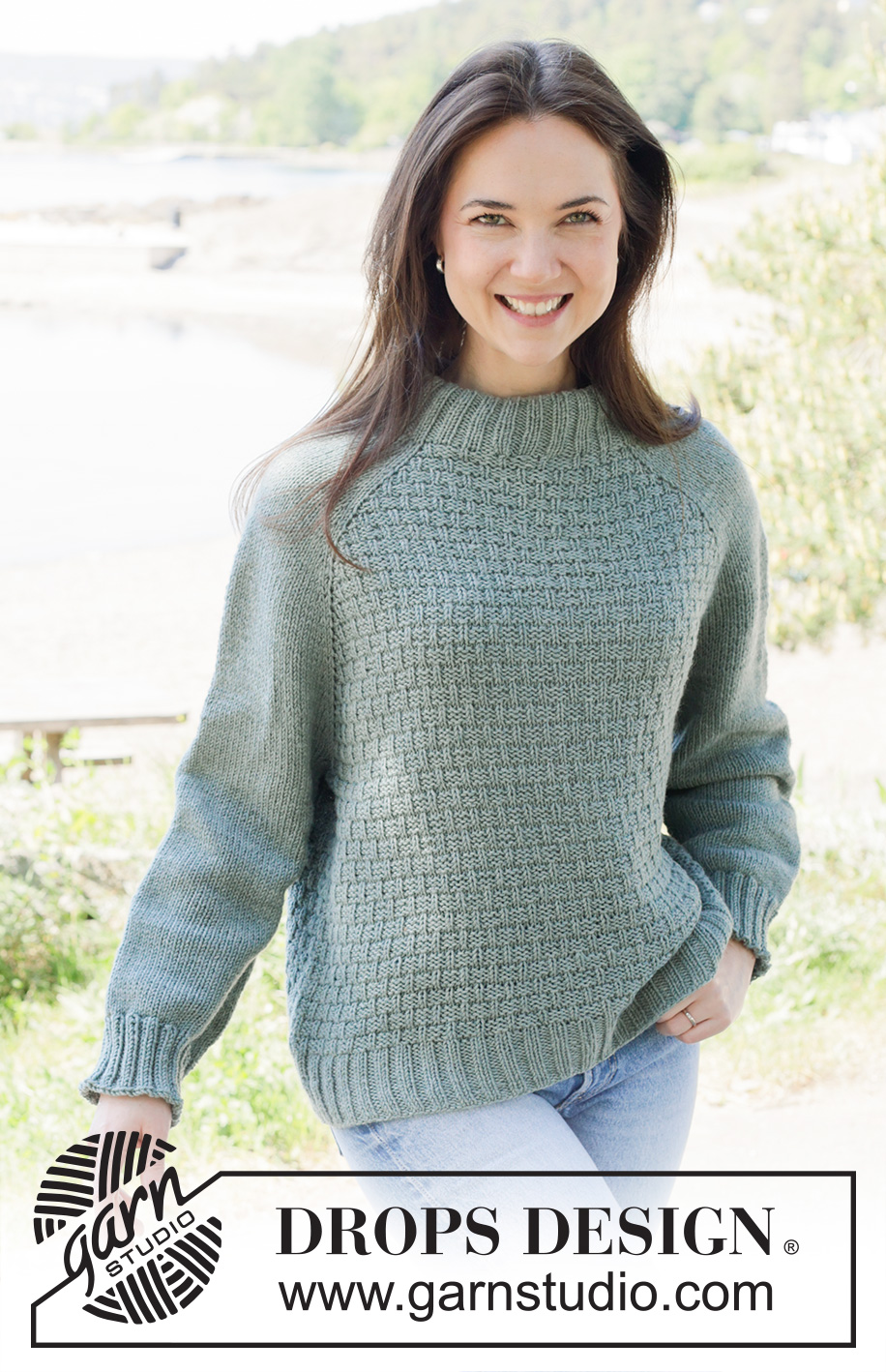
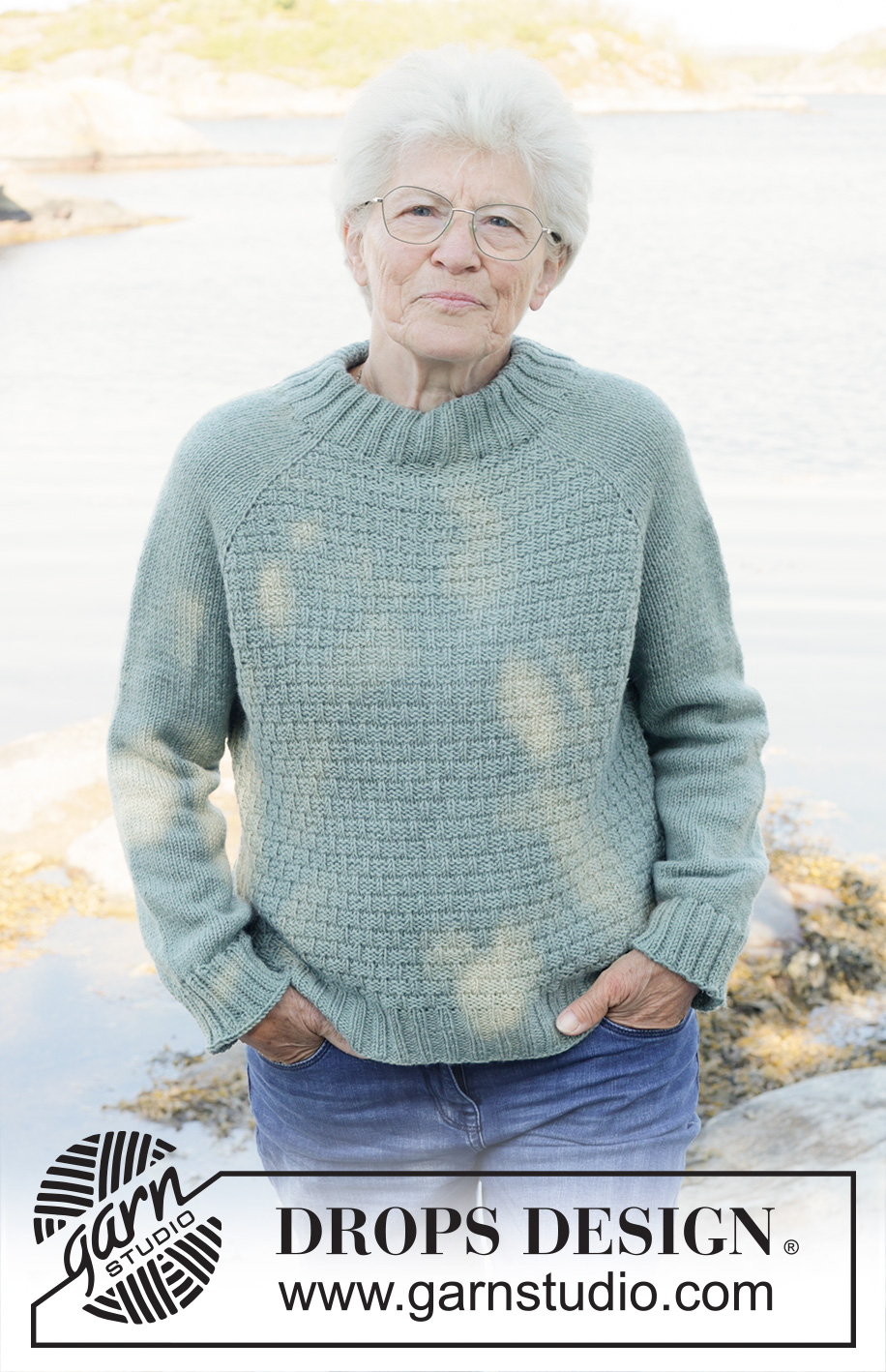


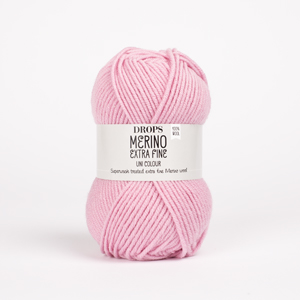
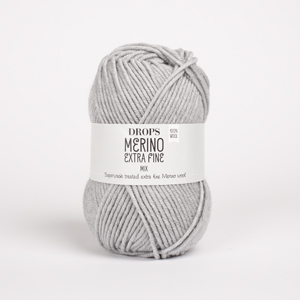

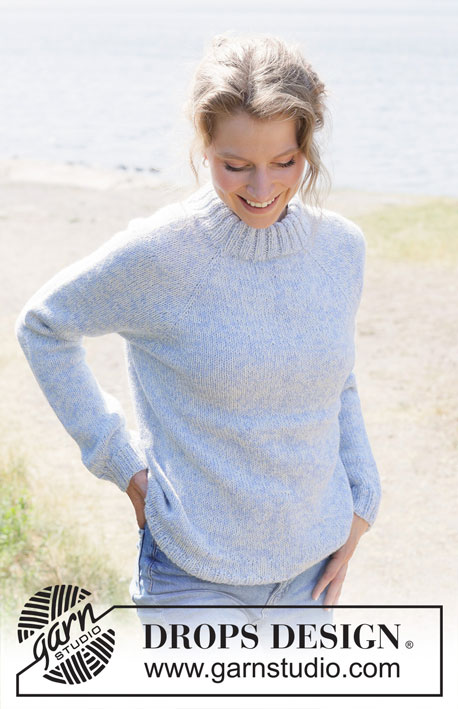



















































Post a comment to pattern DROPS 255-36
We would love to hear what you have to say about this pattern!
If you want to leave a question, please make sure you select the correct category in the form below, to speed up the answering process. Required fields are marked *.